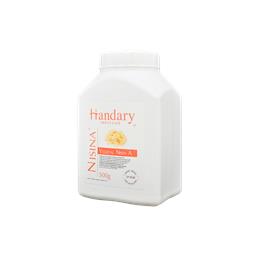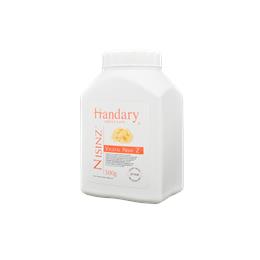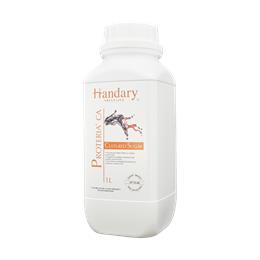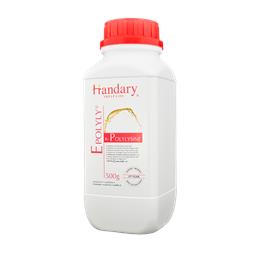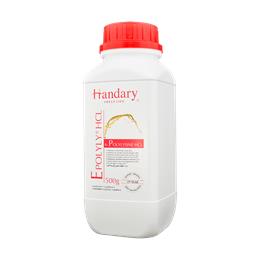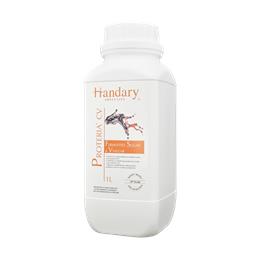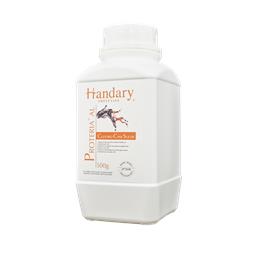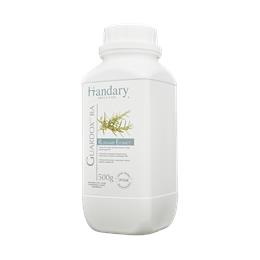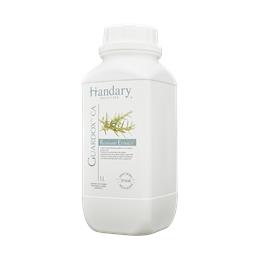Description
Raw meat and poultry have many applications in cooking and food preparation. Raw meat and poultry are animal products that have not undergone any cooking or processing. They are commonly consumed in many parts of the world and are a major source of protein in the human diet. Raw meat includes beef, pork, lamb, and veal, while raw poultry includes chicken, turkey, duck, and goose.
They can be prepared in a variety of ways, such as grilling, roasting, frying, or boiling. They are often seasoned with herbs, spices, or marinades to enhance their flavor. When using raw meat and poultry, it is important to follow proper food safety practices to prevent the risk of foodborne illness. This includes storing raw meat and poultry at a safe temperature, separating them from other foods to prevent cross-contamination, and cooking them to a safe internal temperature to kill any harmful bacteria. E.Coli Contamination, Oxidation (Color Loss), Salmonella Contamination and Total Aerobic Bacteria are the main spoilage issues for this application.
Total Aerobic Bacteria
Raw meat and poultry can harbor a variety of aerobic bacteria, which are bacteria that require oxygen to grow and survive. Some common examples include, Escherichia coli (E. coli), Salmonella and Staphylococcus aureus.
The total aerobic bacteria count in raw meat and poultry can vary depending on a number of factors, including the specific type of meat or poultry, how it was processed and handled, and the age of the product. In general, however, it is recommended that raw meat and poultry be cooked thoroughly to reduce the risk of foodborne illness caused by these bacteria.
Oxidation (Color Loss)
Oxidation (Color Loss) can cause color loss in raw meat, as well as other changes in texture, flavor, and nutritional content. Oxidation occurs when oxygen reacts with the fat and pigment molecules in the meat, leading to changes in color and texture.
In raw meat, oxidation can cause the meat to turn brown or gray over time, as well as develop an off-flavor and odor. This is known as "meat discoloration," and can be caused by factors such as exposure to air, light, or high temperatures. Meat discoloration does not necessarily indicate spoilage, but can affect the overall quality and appearance of the meat.
E.Coli Contamination
E.Coli Contamination is a type of bacteria commonly found in the intestines of both humans and animals. While most strains of E. coli are harmless, some can cause serious illness if consumed, particularly if found in raw or undercooked meat. Raw meat, including beef, pork, and poultry, can be contaminated with E. coli during processing or handling. Contamination can occur when animal feces come into contact with the meat, or if the meat is processed or stored in unsanitary conditions. E. coli contamination can also occur if utensils, cutting boards, or other surfaces that come into contact with the raw meat are not properly cleaned and sanitized.
Salmonella Contamination
Salmonella Contamination is a type of bacteria that can be found in raw meat, including beef, pork, poultry, and other meat products. The bacteria can cause illness if consumed, with symptoms including diarrhea, abdominal pain, and fever. Salmonella contamination in raw meat can occur during processing or handling, especially if the meat comes into contact with animal feces or is processed in unsanitary conditions.
Cross-contamination can also occur if utensils, cutting boards, or other surfaces that come into contact with the raw meat are not properly cleaned and sanitized. To prevent Salmonella contamination in raw meat, it is important to follow proper food safety practices.
 English
English 简体中文
简体中文 Français
Français Español
Español
